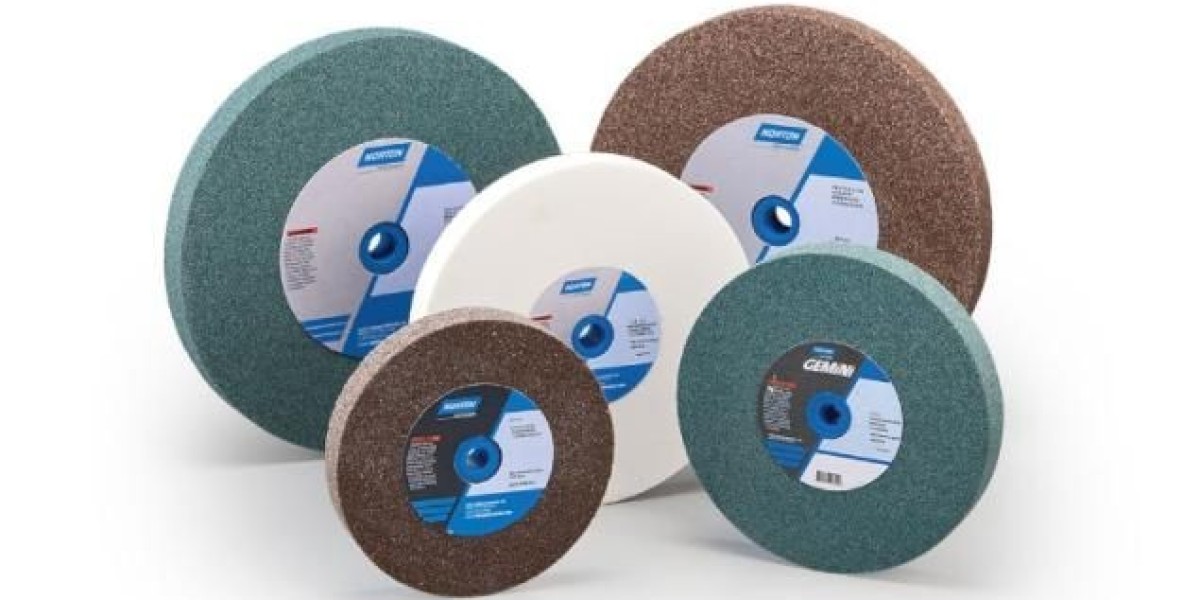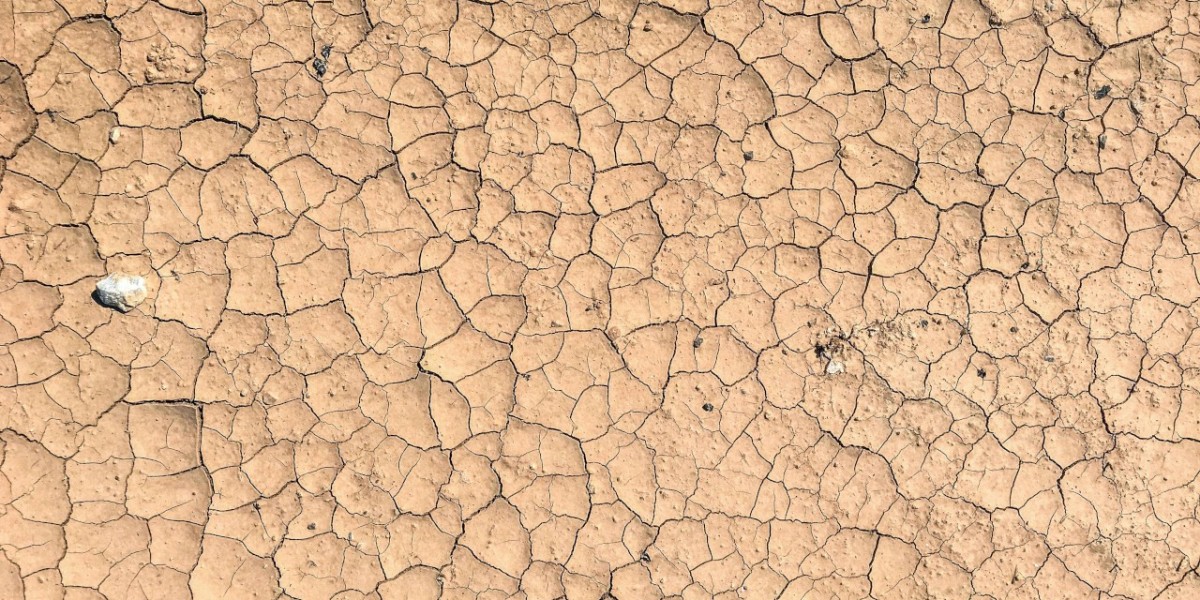Choosing the right surface grinder wheel is crucial for achieving optimal performance and efficiency in your grinding operations. A well-matched wheel can significantly impact factors like material removal rate, surface finish, and wheel life. Here, we'll explore some key strategies to guide you in selecting the perfect wheel for yourSurface Grinder Wheel Selectionneeds.
Understanding Abrasive Grain and Bond:
Surface grinder wheels are composed of abrasive grains held together by a bond. The type of abrasive grain and bond determine the wheel's suitability for specific materials and applications.
- Abrasive Grain:Common abrasive grain types include aluminum oxide, silicon carbide, cubic boron nitride (CBN), and diamond. Each grain type offers unique cutting characteristics. For example, aluminum oxide is a versatile choice for various materials, while CBN excels at grinding hardened steel.
- Bond:The bond holds the abrasive grains together and influences factors like wheel hardness and friability. Common bond types include vitrified, resinoid, metal, and shellac. A vitrified bond offers excellent strength and durability, while a resinoid bond provides good friability for self-sharpening.
Matching the Wheel to the Material:
When selecting a wheel, consider the material you'll be grinding. Softer materials like aluminum generally require a more friable wheel with a softer bond to prevent wheel glazing. Conversely, harder materials like tool steel benefit from a more rigid wheel with a harder bond for aggressive cutting.
Factors Affecting Wheel Selection:
Beyond material type, several other factors influence wheel selection:
- Stock Removal Rate:High stock removal rates often necessitate a coarser grit wheel for faster material removal.
- Surface Finish Requirements:Achieving a fine surface finish calls for a finer grit wheel.
- Wheel Size and Speed:Wheel size and operating speed influence grinding performance and safety. Always adhere to the manufacturer's recommendations for your specific wheel.
Conclusion:
Selecting the right surface grinder wheel is a crucial step in optimizing your grinding processes. By understanding abrasive grains, bonds, and how they match different materials and applications, you can ensure efficient material removal, achieve desired surface finishes, and maximize wheel life. Consulting a reputable abrasive supplier can provide valuable guidance in selecting the perfect wheel for your specific needs.








